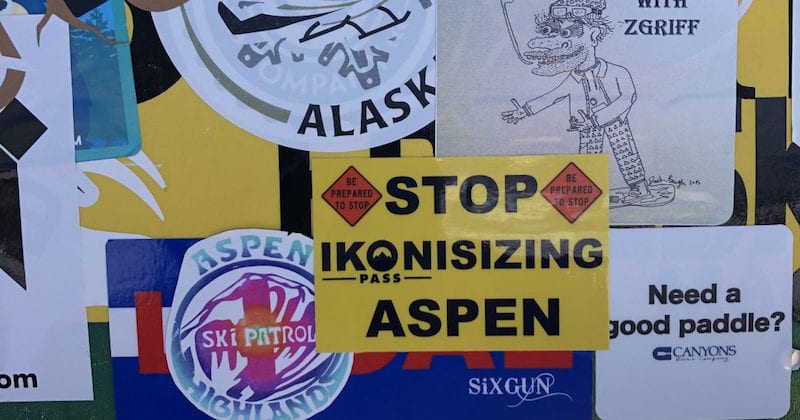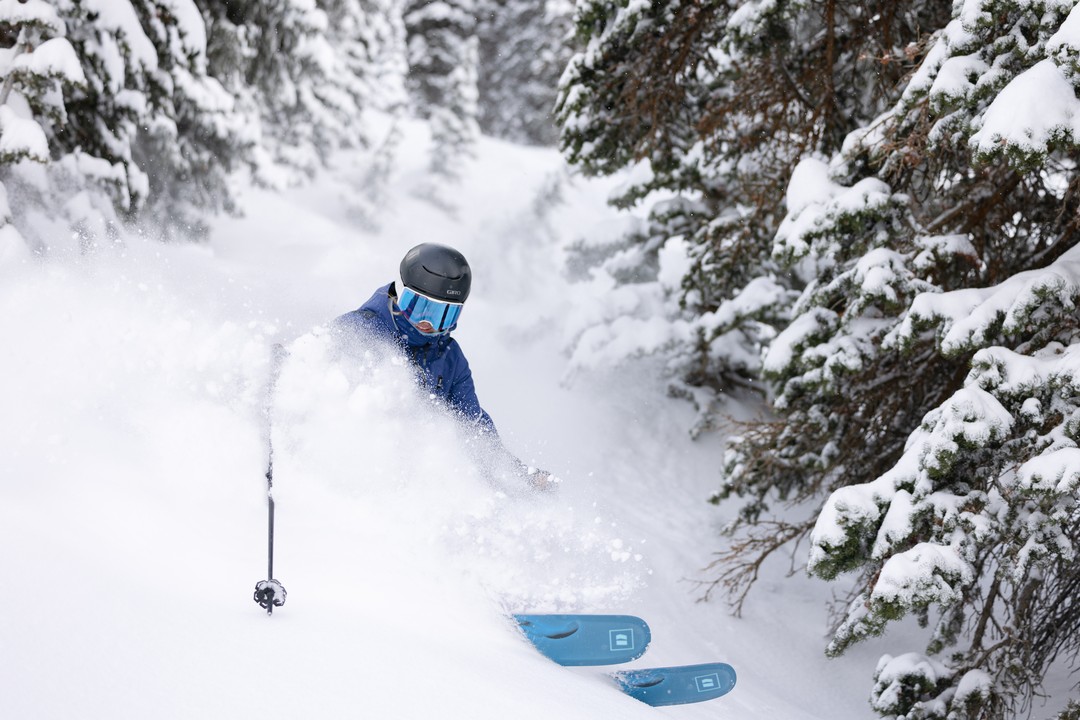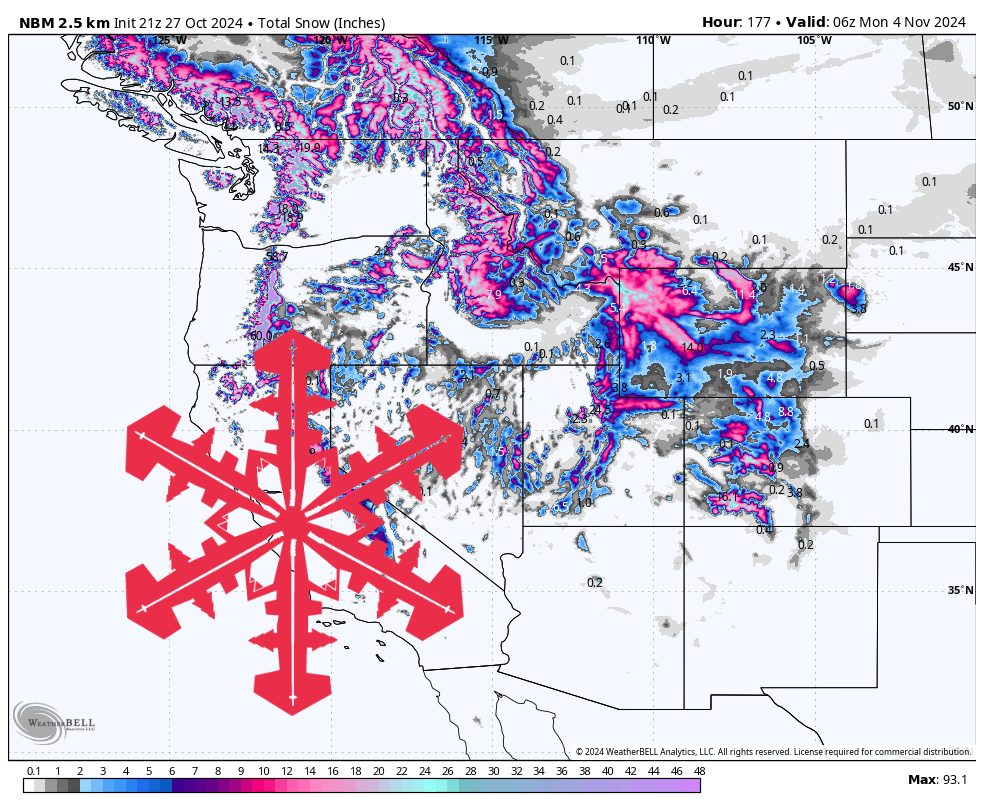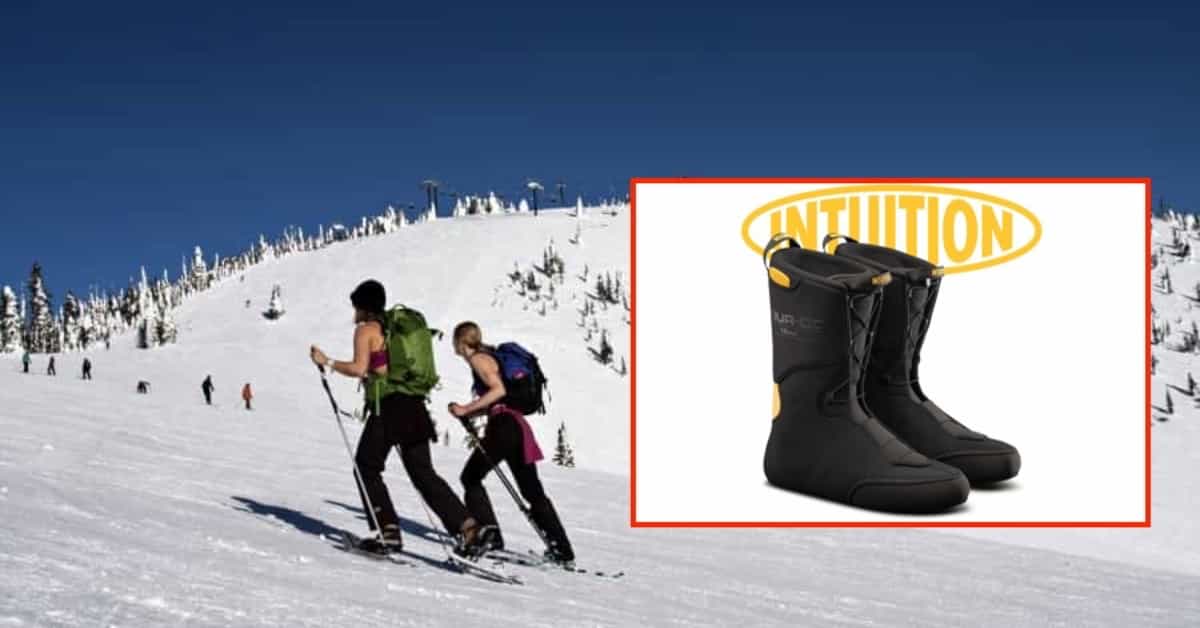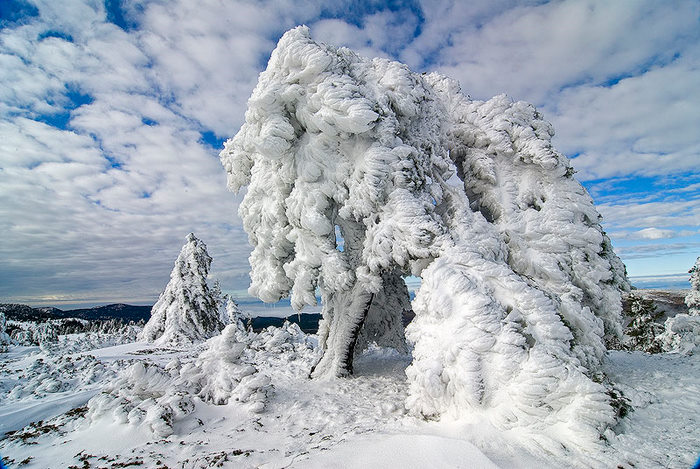
The most prevalent stereotype of small talk is “So, how about that weather, eh?” and from my relatively brief experience in this world, this stereotype is absolutely true. When it dips, the polar vortex is often the biggest talking point at parties. A sure way to make friend, I tell you. It’s amazing how much community and conversation can be created when we are all affected by our immediate environment. Every time is gets unseasonably cold, I am reduced to constantly explaining the polar vortex to anyone and everyone emotionally distraught over the situation.
The polar vertices, as there is one on the South Pole as well as the North, are jet streams that confine cold, arctic air and low pressure to the poles. These upper level winds circulate year-round, but vary in strength depending on season and other climactic factors. Usually, cold air and low pressure are relatively contained within the circular vortex, but occasionally the system can break down and become distorted as in the image below on the left. The vortex on the right is the normal range.

Sometimes the vortex breaks down so much that separate patterns may emerge. This is when arctic air begins feeding directly into the mid latitudes of the U.S. and unseasoned denizens start getting rattled. Outbreaks also occur in other parts of the world below the vortex, like Russia and China.

The good news is that, typically, these outbreaks don’t last long, as the cold air eventually has to get forced out by the jet. However, a couple of them occurring a winter can make for some nasty memories of a brutal season and long term seasonal averages that are lower than normal.
Generally cold air in one zone of the country will result in warmer temperatures in another zone, or in the northern latitudes. You can see in the image above that while the air is cold in the east, there is a ridge of high pressure and warm air stretching from the western U.S. to Alaska.
The polar outbreak tomorrow will mainly affect the west and midwest this weekend:

Of course we need to discuss global warming whenever we talk about the polar vortex. When a region of the U.S. has an unusually cold winter, this detracts from the amount of cold air in the arctic and decreases the formation of sea ice. These regional averages account for only a few percentage points of the Earth’s surface area. Strong vortex or weak vortex, we’re still looking at winter in a year about 2.5 degrees Fahrenheit warmer than any other in recorded history.

